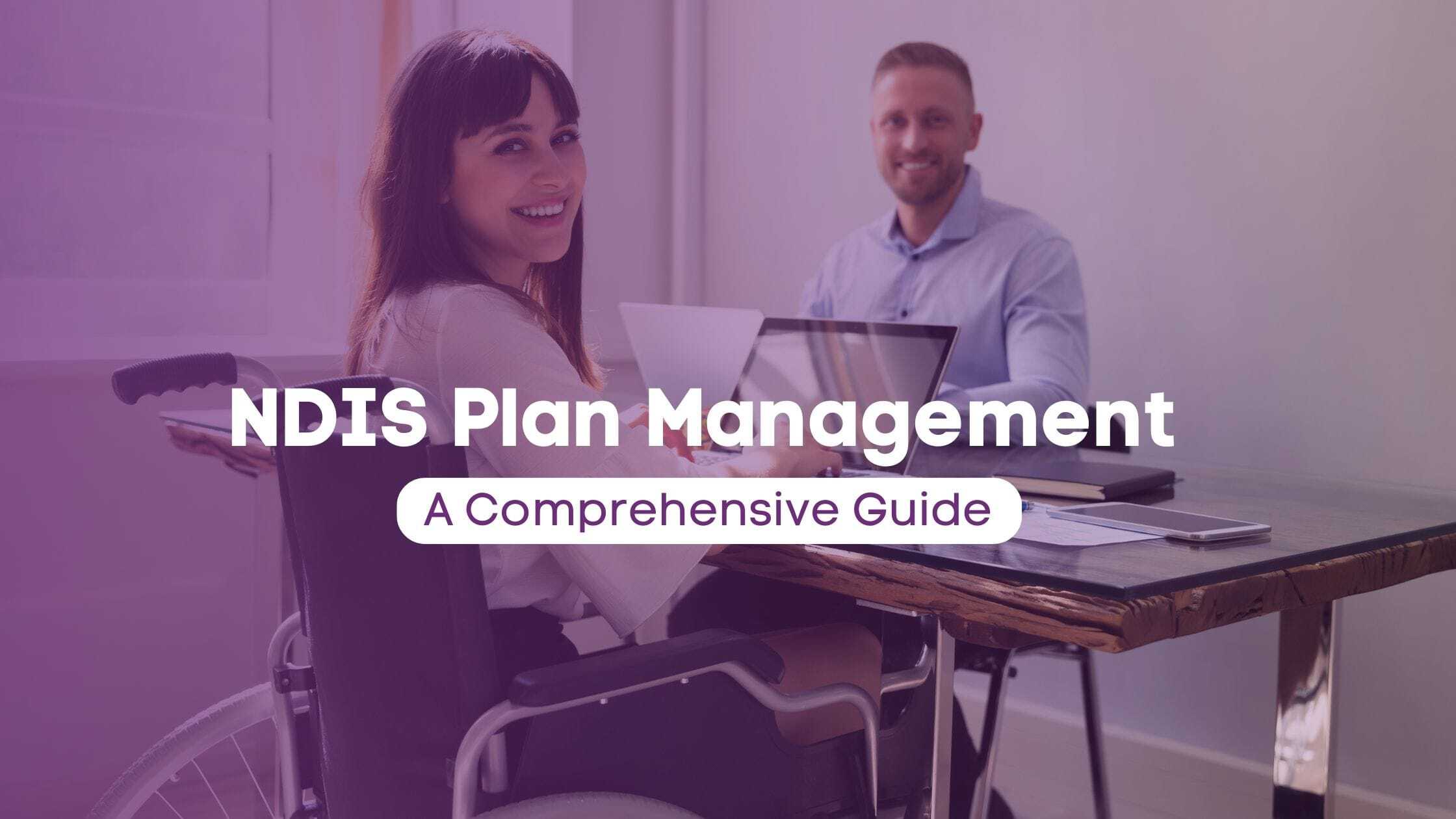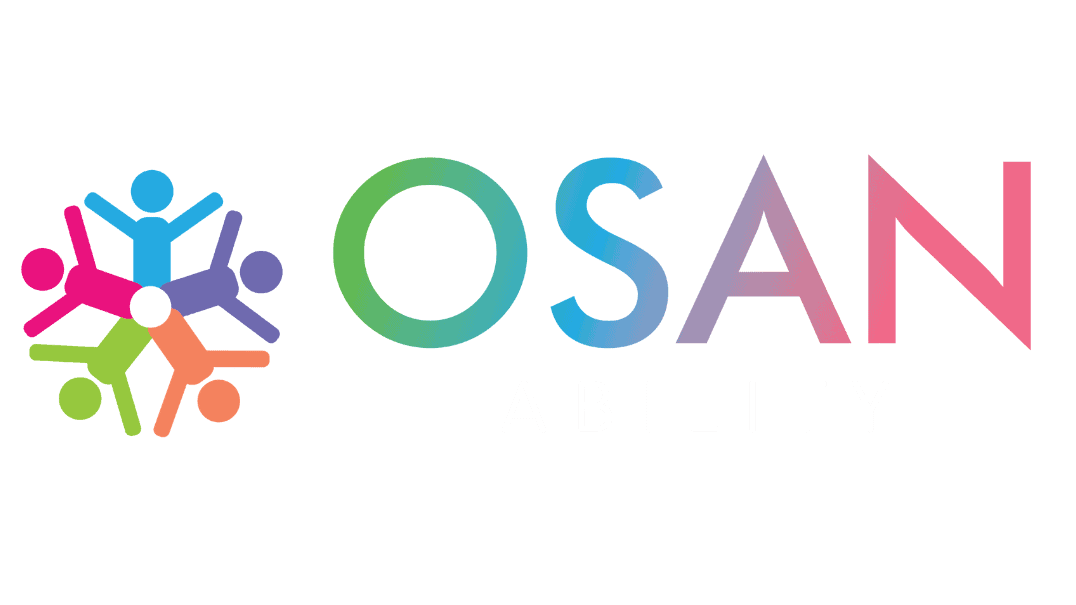One of the key components of the National Disability Insurance Scheme is plan management, which refers to how a participant’s NDIS funding is managed. This blog provides a comprehensive overview of NDIS plan management, the different options available, and tips for choosing the right approach.
The NDIS provides funding for reasonable and necessary support for Australians with permanent and significant disabilities. Once approved for the NDIS, each participant works with a planner to develop their individual NDIS plan. This plan outlines the funded support to help them achieve their goals.
A key decision for NDIS participants is determining how to best manage their plan and funding. There are three main NDIS plan management options:
- NDIA-managed
- Plan-managed
- Self-managed
Understanding the differences between these options is crucial for participants to get the most out of their NDIS plans. This blog explains each approach in-depth so participants can make informed decisions about their plan management.
NDIA-Managed Plans
The simplest option is for the NDIA to manage a participant’s plan and funding. This means the NDIA pays approved NDIS providers directly for support and services, so the participant has minimal administrative responsibilities.
NDIA-managed plans suit participants who require minimal coordination and management of support. The NDIA finds and engages providers on the participant’s behalf and manages payments.
The benefits of NDIA-managed plans include:
- Minimal paperwork for the participant
- NDIA manages administration and payments
- Easy to set up and maintain
The limitations are:
- Participant has less control over which providers are engaged
- Participant relies on the NDIA to manage the budget properly
- NDIA may not provide the flexibility participants require
Overall, NDIA-managed plans offer a low-maintenance approach, but participants have less choice and control over their services and providers.
Plan-Managed Plans
With plan-managed plans, participants choose a registered plan manager to handle administration and manage NDIS payments on their behalf. Plan managers assist with:
- Finding and connecting with providers
- Managing provider agreements and payments
- Managing NDIS reporting and paperwork
There are many registered NDIS plan management providers to choose from. Participants can shop around to find one that suits their needs and budget.
Plan-managed plans give participants more flexibility and control over providers, while still
outsourcing the administrative work. Benefits include:
- More choice over providers
- Plan manager handles admin work
- Can change plan manager if not satisfied
Limitations include:
- Plan manager fees are deducted from funding
- Still relies on third-party for administration
- More engagement required than NDIA-managed
Overall, plan-managed plans offer a middle-ground between NDIA-managed and self-managed approaches. They provide participants with greater provider choice while still minimising the administrative workload.
Self-Managed Plans
With self-managed plans, participants receive their NDIS funding directly and manage all aspects themselves. This offers maximum control and flexibility but requires the most work.
Self-management involves:
- Finding, hiring and paying service providers directly
- Developing provider agreements
- Managing invoices and reporting
- Staying within the plan budget
Self-management suits motivated participants who want authority over their plan.
Benefits include:
- Maximum choice over providers
- Control over how funding is used
- Can negotiate pricing with providers
- Unused funds can be saved or reinvested
The main limitations are:
- Significant administrative workload
- Responsible for managing budget and reporting
- Less support available if problems arise
For organised participants who want complete oversight of their plan, self-management can be an effective approach. But it does require strong administrative skills and more time spent coordinating their plan.
Choosing the Right Plan Management Approach
When deciding how to manage their NDIS plan, participants should consider:
- Their confidence and skills to self-manage their plan
- The level of control they wish to have
- Their capacity to coordinate and manage providers
- Administrative support available from family/friends
- Whether they are willing to spend time on ongoing management
Simpler plans with more basic needs may suit an NDIA-managed approach. Participants wanting more control may benefit from plan management. And self-management offers total oversight for skilled and motivated participants.
It’s also possible to mix and match, such as self-managing part of a plan and having the NDIA manage the remainder. Some budget items like assistive technologies may be easier to self-manage.
Plan management decisions can be changed down the track if a participant’s situation and preferences change. The key is finding the right balance between flexibility and convenience.
Summary
NDIS plan management is a complex decision with participants able to choose between NDIA-managed, plan-managed or self-managed approaches. Each option provides varying degrees of control, flexibility and administrative work.
Carefully examining the pros and cons of each method allows participants to select a plan management framework tailored to their needs and capabilities. With the right plan management in place, NDIS participants can make the most of their NDIS funding and support.
For effective management of your NDIS (National Disability Insurance Scheme), it’s advisable to opt for an NDIA Managed Plan or have your NDIS service provider handle it on your behalf.










